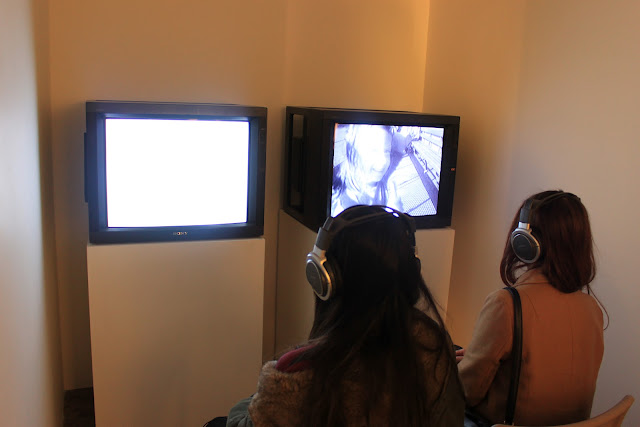 When we first thought of the slide idea we thought it'd be simple to get equipment since i had a film camera and a lott of expired colour film. But when I went to confirm things with my friend who works at a camera shop he said that we had to use special slide film. He said that the film used for slides was called reversal film. I thought that side film was just chopped negatives.
When we first thought of the slide idea we thought it'd be simple to get equipment since i had a film camera and a lott of expired colour film. But when I went to confirm things with my friend who works at a camera shop he said that we had to use special slide film. He said that the film used for slides was called reversal film. I thought that side film was just chopped negatives.
A reversal film is a type of photographic film that produces a positive image on a transparent base. The film is processed to produce transparencies or diapositives instead of negatives and prints. Reversal film is produced in various sizes, from 35mm roll film to 8x10" sheet film.
Internagatives
35mm slides never were a "negatives". There was a process where negatives could be created from the slides. These were called "internagatives."
1. The camera operator shoots a positive image and the film ends up as a negative.
2. The original negative is printed onto stock that comes out as an interpositive. Often, two interpositives were made, one to be archived and one to continue through the process.
3. The interpositive is color timed (to balance the scenes) into the internegative.4. The internegative makes the positive release print.
Taken from: http://www.old-photo.com/pages/35mm-reversal-film.htm
So I went on ebay and ordered expired Fuji Provia RXP 400X 35mm slide film. It goes into my 355mm film camera just like normal film. We are taking it to be developed and mounted in London.



























